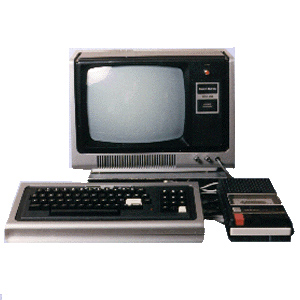Honey laded Bee hives are very heavy.
An apiarist, or beekeeper, places dozens of bee hives, usually clustered on standard shipping palettes, near nectar laden sources. In Australia, this tends to be in the bush – near flowering Eucalypts. The resulting honey has a slightly smoky taste: but is the best in the world. Around 1980, my Dad started a small cash sideline of Beekeeping to supplement the wheat/sheep farming that the Eyre Peninsula property had sustained over 4 generations.
Country South Australia is a perfect location – especially on the fringes of a large reserve. You can place your hives on private property (with permission) and let the bees traverse into the reserve gathering the nectar. I see it as reaping from the government, albeit without damage (and in the case of plants, a benefit as the bees pollinate the trees).
The trouble with bush locations is that they are remote, unpaved and not accessible by normal palette lifting devices. In warehouses, weighed down forklifts shuttle around isles of concrete. In the bush, the isles are sandy loam or clay – and the shelves are very very tall native Australian trees.
My Dad purchased an old forklift and used this around the sheds for a time lifting and moving the heavy palettes of hives. This forklift did not travel well. You could not load or unload it from a truck; and the wheelbase and design were distinctly urban. Indoors. Definitely not for bush use.
Land rovers, on the other hand, were designed for off-road use. Four wheel drive; rugged, simple & when purchased second hand – cheap. Another benefit of a Land rover is that you can put the thing into neutral, attach it to a tow bar and go anywhere. Once in the bush – they were in their element.
Land Rovers, as built by Leyland, did not come with frontend palette loading equipment.
So, in a flash of brilliance, my Dad took the lifting part of the forklift & attached it to the front of a Land Rover. The Land Rover’s engine & radiator was slightly repositioned to permit the hydraulics to fit in the engine compartment. Extra counter-balanced weights were added to the rear of the Land Rover. The petrol tank was also moved.
What was born was the Feep. (short of Forklift Jeep)

The above is the Feep. As I recall, and this is some 30 years ago now, the first coat of paint (John Deere green) was complete by my Dad. The accenting (John Deere) yellow & the name – as you can see on the vertical forklift saying “FEEP” was painted by myself.
To my knowledge, this is the word’s only Forklift Jeep – created by my Dad to help him lift & load heavy bee hives palettes in bushland.
The genetics of innovation & creation have passed down to another generation. Maybe not as practical as a Feep, but they are there.
On this topic, more to come in coming weeks.












